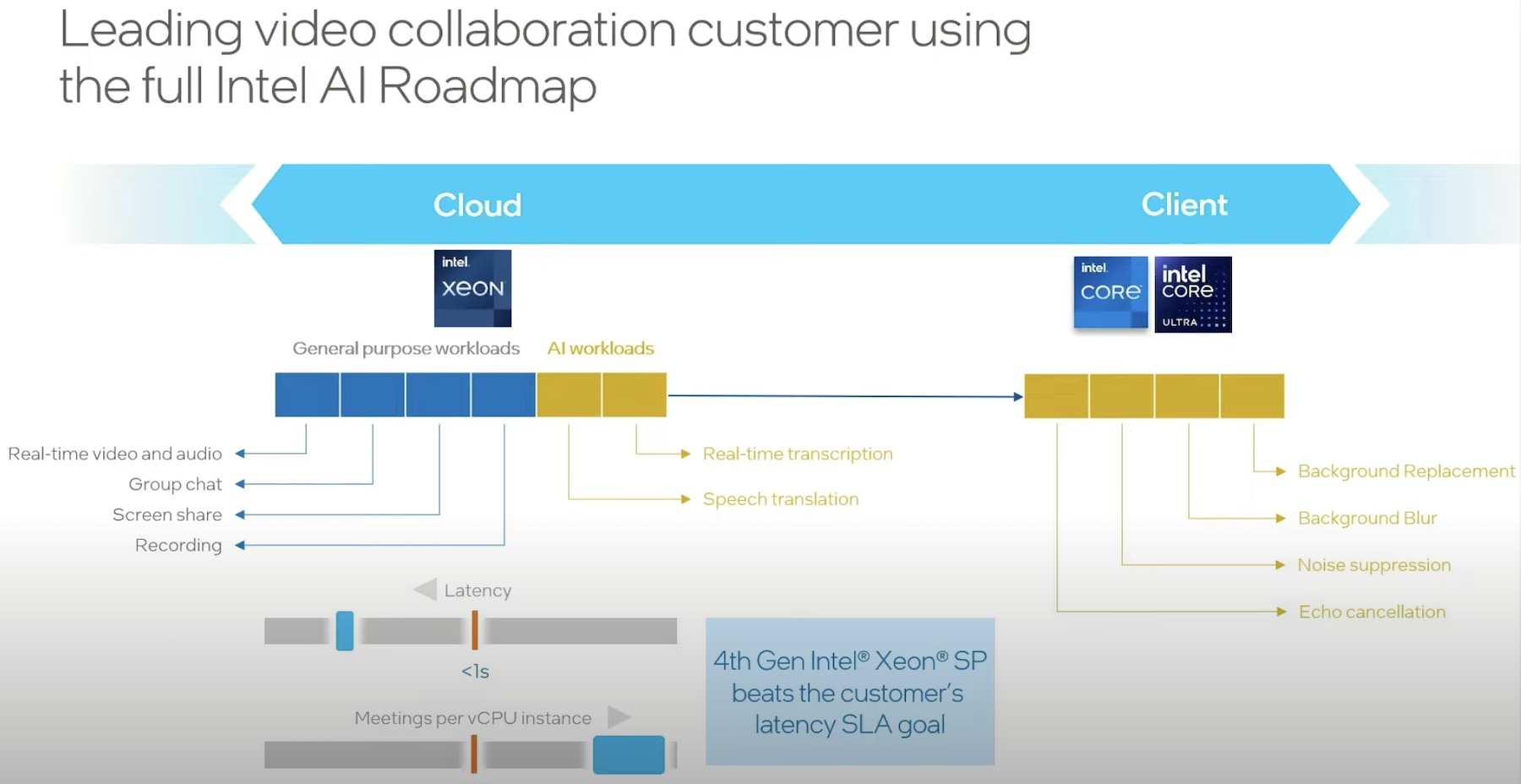Migrating to the cloud is not an easy undertaking and countless factors could determine the success (or failure) of the project. While cost should not be the dominant factor influencing that outcome, it is one of the crucial indicators of success in the longer term.
Invariably, the best way to achieve cost optimisation is to review workload configuration throughout its lifecycle. Before migration, it is important to right-size the workloads guided by the resource requirements of the application, rather than blindly replicating the current configuration. After migration, having an iterative review process to improve workload configurations can yield significant savings.
Taking advantage of advancements in processor architecture is yet another avenue that should be a part of an organisation’s roadmap to cost optimisation. With improvements in capabilities, processors can run more processes with increased efficiency. That enables them to run more workloads than their previous counterparts.
Collaboration
Wipro wanted to deliver value to its customers by optimising their workloads – achieved before migration through right-sized and optimised OS images suited to the application to start and by implementing optimisations specific to newer processor architectures throughout their lifecycle.
To tune those workloads, Wipro wanted to test the most common customer application profiles when run on different well-known clouds. The processor of choice was Intel’s 2nd Generation Xeon Scalable processor and, as Intel was already doing similar work to create optimised application profiles to suit the processors’ architecture, this collaboration was born.
That collaboration resulted in a study of how to scale workload performance across the leading cloud provider platforms, which fed into recommendations that aim to deliver value to its customers by achieving performance and cost optimisation throughout the lifecycle of their workloads.
Study
It was important for Intel and Wipro to understand the behaviour of workloads when scaled vertically vs horizontally and to determine a preferred approach of the two.
A common worry amongst customers is the performance of their databases which made it a natural starting choice. However, as workloads are typically mixed and have dynamic performance requirements, HammerDB was used as the tool to benchmark performance on Intel optimised MySQL workloads.
Once the representative workload profiles were created, performance benchmarking was done on cloud instances of various sizes on Amazon Web Services (AWS), Microsoft Azure, and Google Cloud Platform (GCP).
Analysis of the data gathered through those tests provided Intel and Wipro with insights on price and performance trends on those various cloud platforms. Those inferences are now a driving factor for Wipro when architecting hybrid clouds for their customer with diverse needs.
Cloud Workload Performance Optimisation
The ongoing learnings from that study feed into Wipro’s automated process to generate Intel Cloud Optimised Instances for MySQL, as an example.

The automation is achieved through a combination of Terraform, PowerShell scripts, Cloud Init and Ansible. Once the optimisations are baked into images, they are made available for consumption by customers.
Wipro plans to expand the portfolio of optimised application images offered by this solution – starting today with the most common applications, before moving on to the wider ecosystem.
Given the diversity of applications, it is not an insignificant task. However, it does have significant potential to do more with less and save costs in the process. Surely, that can only be a good thing!
If you want to learn more, you can view Intel and Wipro’s showcase. You can also read the whitepaper and view a demo video on the topic.




